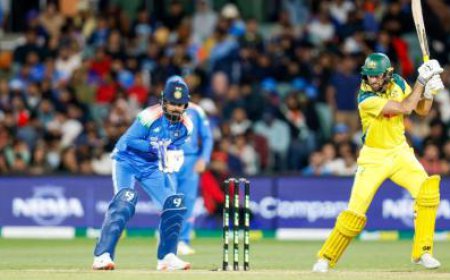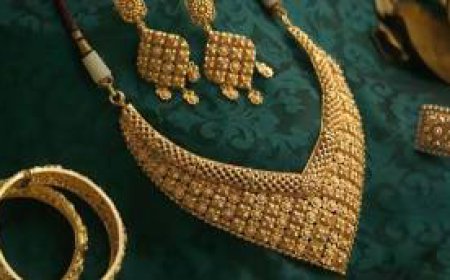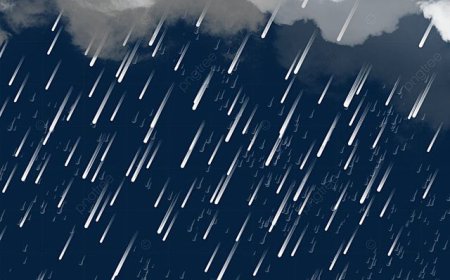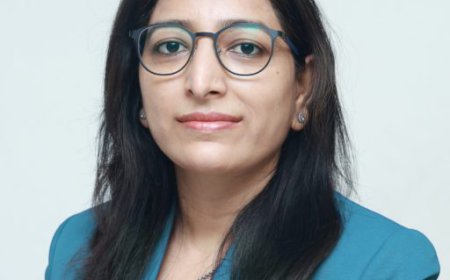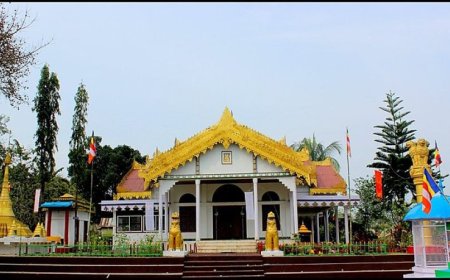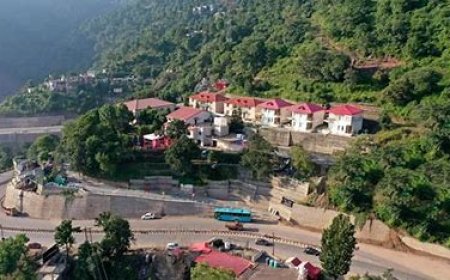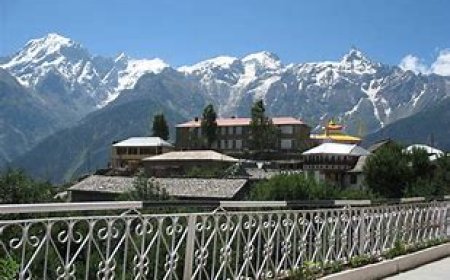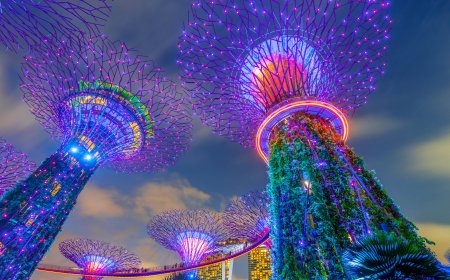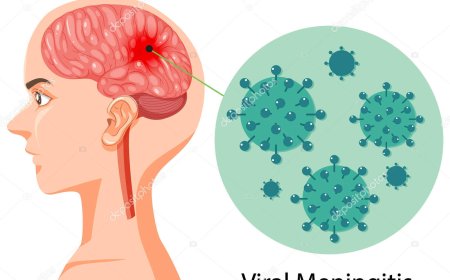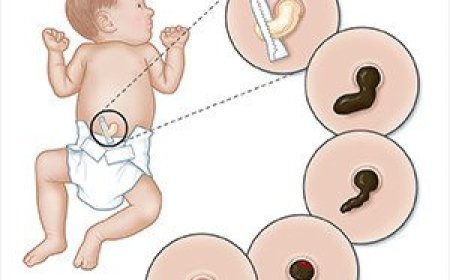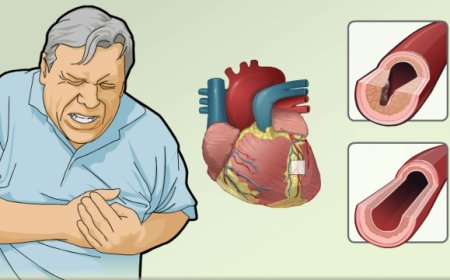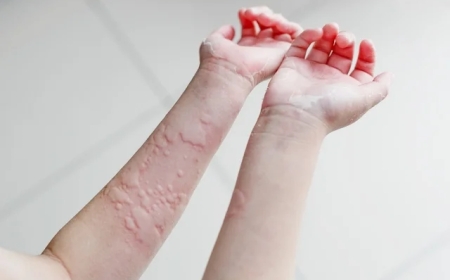Alopecia Areta
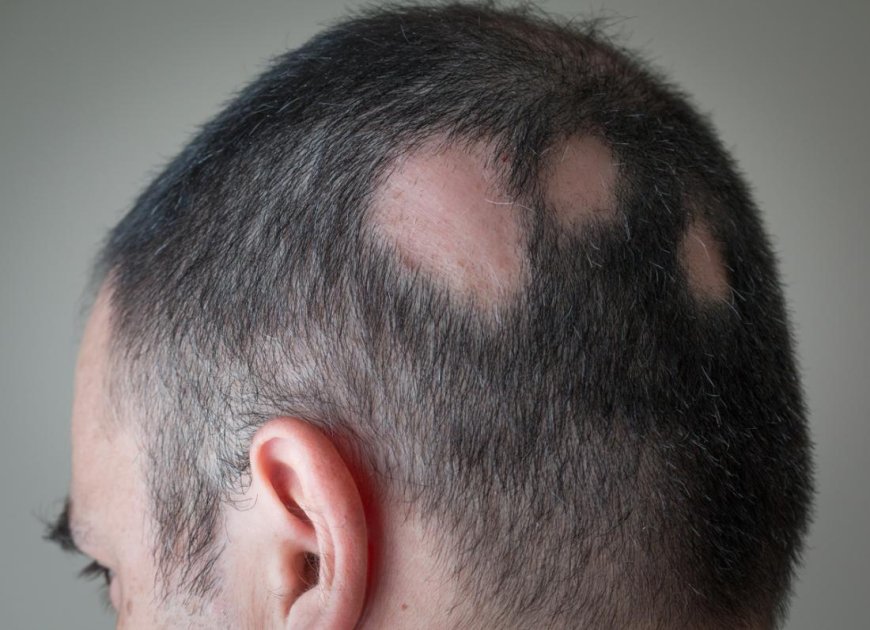
Introduction:
In the diverse and culturally rich country of India, where beauty lies in uniqueness, there are some individuals with a special condition that affects their hair. This condition is known as Alopecia Areata, and today, we will unravel its mysteries. We will explore the signs and symptoms, what Alopecia Areata is, how it's classified, what causes it, risk factors, different types, diagnostic tests, treatments, complications, and some simple ways to embrace and support individuals with Alopecia Areata. So, let's embark on a journey of understanding and acceptance!
Signs and Symptoms:
Alopecia Areata is like an artist's brush that creates unique patterns on the scalp. It can lead to some common signs like:
- Small, round patches of hair loss, like little moons on the scalp.
- Smooth and hairless areas on the scalp, like a soft and shiny surface.
- Nail changes, like little dents or roughness on the fingernails.
What Is Alopecia Areata? :
Alopecia Areata is like a magical artist that paints patches of hair loss on the scalp and sometimes other parts of the body. It is an autoimmune condition where the body's immune system mistakenly attacks the hair follicles, leading to hair loss.
How Is Alopecia Areata Classified? :
Alopecia Areata can be classified based on the extent of hair loss and the patterns on the scalp. Some common classifications include:
- Alopecia Areata: When there are small, round patches of hair loss on the scalp.
- Alopecia Totalis: When all the hair on the scalp is lost, leading to complete baldness.
- Alopecia Universalis: When all the body hair, including eyebrows and eyelashes, is lost.
Causes and Triggers:
The exact cause of Alopecia Areata is like a puzzle waiting to be solved, but it is believed to be related to genetics and the immune system. Some common triggers for Alopecia Areata in India include:
- Genetics: Some individuals may have a family history of Alopecia Areata, making them more likely to develop it.
- Stress: Stressful events or emotional upheavals may trigger or worsen hair loss in some cases.
Risk Factors with Examples:
Certain factors can make someone more likely to develop Alopecia Areata, just like some kids may have a higher chance of being good at sports based on their interests. Some risk factors include:
- Family History: If someone in the family has Alopecia Areata, others may have a higher chance of having it too.
- Age: Alopecia Areata can affect people of all ages, but it is more common in young adults.
Types of Alopecia Areata with Detailing for Each Type:
Alopecia Areata can vary from person to person, and it can lead to different patterns of hair loss. Some common types include:
- Patchy Alopecia Areata: When there are small, round patches of hair loss on the scalp.
- Alopecia Totalis: When all the hair on the scalp is lost, leading to complete baldness.
- Alopecia Universalis: When all the body hair, including eyebrows and eyelashes, is lost.
Diagnostic Tests and Treatments:
To diagnose Alopecia Areata, doctors may observe the pattern of hair loss and may do a scalp biopsy to check the hair follicles. Some common treatments include:
- Topical Treatments: These are creams or ointments applied to the scalp to stimulate hair growth.
- Corticosteroid Injections: In some cases, injections are given directly into the affected areas to promote hair regrowth.
Complications of Alopecia Areata and Prevention Techniques:
Alopecia Areata itself is not a disease, but it may cause emotional distress for some individuals. To support individuals with Alopecia Areata, kids can practice kindness, empathy, and understanding. Embracing and accepting differences in appearance can make a big difference in making someone feel loved and valued.
Alopecia Areata might be like a special artist that creates unique patterns on the scalp in India, but with the right knowledge and compassion, we can embrace and support those affected. Just like we celebrate the colors and traditions of our festivals, each individual's appearance is unique and beautiful. By being kind, accepting, and supportive, we can create a world where everyone is loved and cherished, just like the incredible India we all call home!
What's Your Reaction?
 Like
0
Like
0
 Dislike
0
Dislike
0
 Love
0
Love
0
 Funny
0
Funny
0
 Angry
0
Angry
0
 Sad
0
Sad
0
 Wow
0
Wow
0














